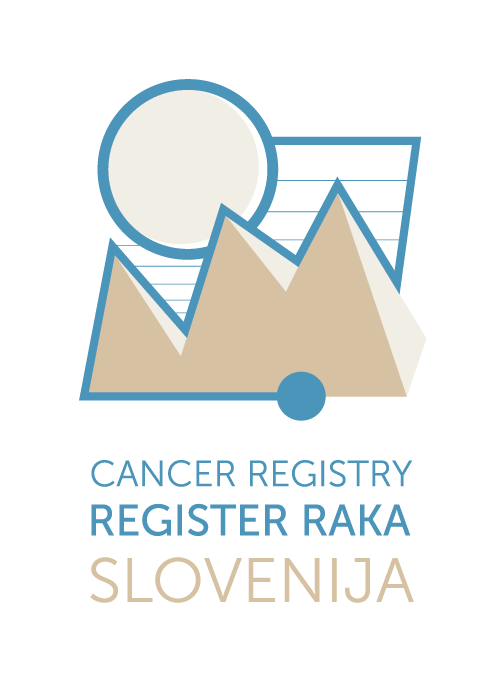Nevarnostni dejavniki raka
Na to, kdo bo zbolel in za katerim od rakov, vplivajo z medsebojnimi učinki številni dejavniki iz okolja in načina življenja, dedna nagnjenost in naključje. Nastanka katere koli rakave bolezni zato ni mogoče povezati z enim samim, izoliranim dejavnikom, saj je bolezen vedno končni rezultat delovanja vseh škodljivih, pa tudi zaščitnih dejavnikov. Zanje smo odgovorni bodisi sami s svojimi zdravimi ali nezdravimi življenjskimi navadami in razvadami, s kemikalijami, fizikalnimi ali biološkimi dejavniki onesnaženo delovno ali bivalno okolje; dedna nagnjenost, pa se kaže na različne načine, med drugim tudi kot večja ali manjša sposobnost popravljanja napak, ki jih v celičnem jedru povzročajo zunanji dejavniki.
Prav zato vsi, ki so izpostavljeni kakemu škodljivemu dejavniku, ne zbolijo za rakom. Zato pri raku ne govorimo o povzročiteljih, pač pa o nevarnostnih dejavnikih, ker izpostavljenost kakemu od njih še ne pomeni, da bo vsak izpostavljeni zagotovo zbolel, ampak le, da je verjetnost oz. nevarnost, da bo zbolel, večja kot pri tistem, ki temu dejavniku ni izpostavljen. Za pljučnim rakom npr., ne zbolijo vsi kadilci, iz raziskav pa vemo, da so kadilci z njim okrog 20-krat bolj ogroženi kot nekadilci.
Morebitno rakotvornost posamezne snovi ugotavljajo z bazičnimi in epidemiološkimi raziskavami. Pri bazičnih laboratorijskih raziskavah gre za kratkotrajne poskuse na celičnih kulturah in bakterijah in dolgotrajne na živalih. Z analitičnimi epidemiološkimi raziskavami preverjajo povezanost med izpostavljenostjo in rakom pri človeku. O tem, ali je ta zveza pri človeku res vzročna, večinoma presojajo skupine strokovnjakov, ki snovi na osnovi strogo določenih meril razvrščajo v več skupin glede na stopnjo dokazane povezanosti z rakom.
V Evropi je v uporabi seznam Mednarodne agencije za raziskovanje raka iz Lyona, ki je posebna agencija Svetovne zdravstvene organizacije. V seznamu te agencije so kemikalije, njihove zmesi ali proizvodni postopki, pa tudi virusi in fizikalni dejavniki, razvrščeni v štiri skupine. V prvi skupini (skupina 1) so tisti, za katere je dovolj dokazov o rakotvornosti za ljudi (med njimi so najbolj znani azbest, tobačni dim, alkoholne pijače, sončno sevanje); v drugi skupini so tisti, za katere vzročna zveza še ni dokazana, je pa verjetna. V tretji skupini so tisti dejavniki, ki so jih sicer že proučevali, vendar jih zaenkrat še ni mogoče uvrstiti v nobeno od prej omenjenih skupin in tudi ne v četrto, kamor sodijo dejavniki, ki verjetno za človeka niso rakotvorni. Seznam na osnovi novih spoznanj sproti dopolnjujejo, vsem je dostopen na medmrežju.
Poenostavljen seznam dejavnikov tveganja, ki največ prispevajo k umrljivosti zaradi raka, sta že leta 1981 objavila Doll in Peto. Več kot tretjino vseh smrti za rakom povzročijo dejavniki, ki so povezani z življenjskim slogom. Ogrožajo predvsem tisti, ki so povezani z zahodnim načinom življenja: debelost, energijsko prebogata hrana z malo zelenjave in sadja ter sedeč način življenja skupaj z razvadami, kot so čezmerno uživanje alkoholnih pijač in kajenje. Raki, ki jih povzročajo ti dejavniki se lahko pojavijo praktično na kateremkoli organu, najpogosteje na debelem črevesu in danki, pljučih in dojki.
Seznam najpomembnejših nevarnostnih dejavnikov z oceno deleža smrti za rakom (Doll R, Peto R, 1981).
| Nevarnostni dejavnik | Ocena deleža vseh smrti za rakom |
| Čezmerna telesna teža, nepravilna prehrana in premajhna telesna dejavnost | 30 |
| Kajenje | 16 |
| Okužbe | 9 |
| Reproduktivni dejavniki in način spolnega življenja | 7 |
| Poklic | 4 |
| Okolje | 1–4 |
| Alkoholne pijače | 3 |
| Sevanje | 3 |




